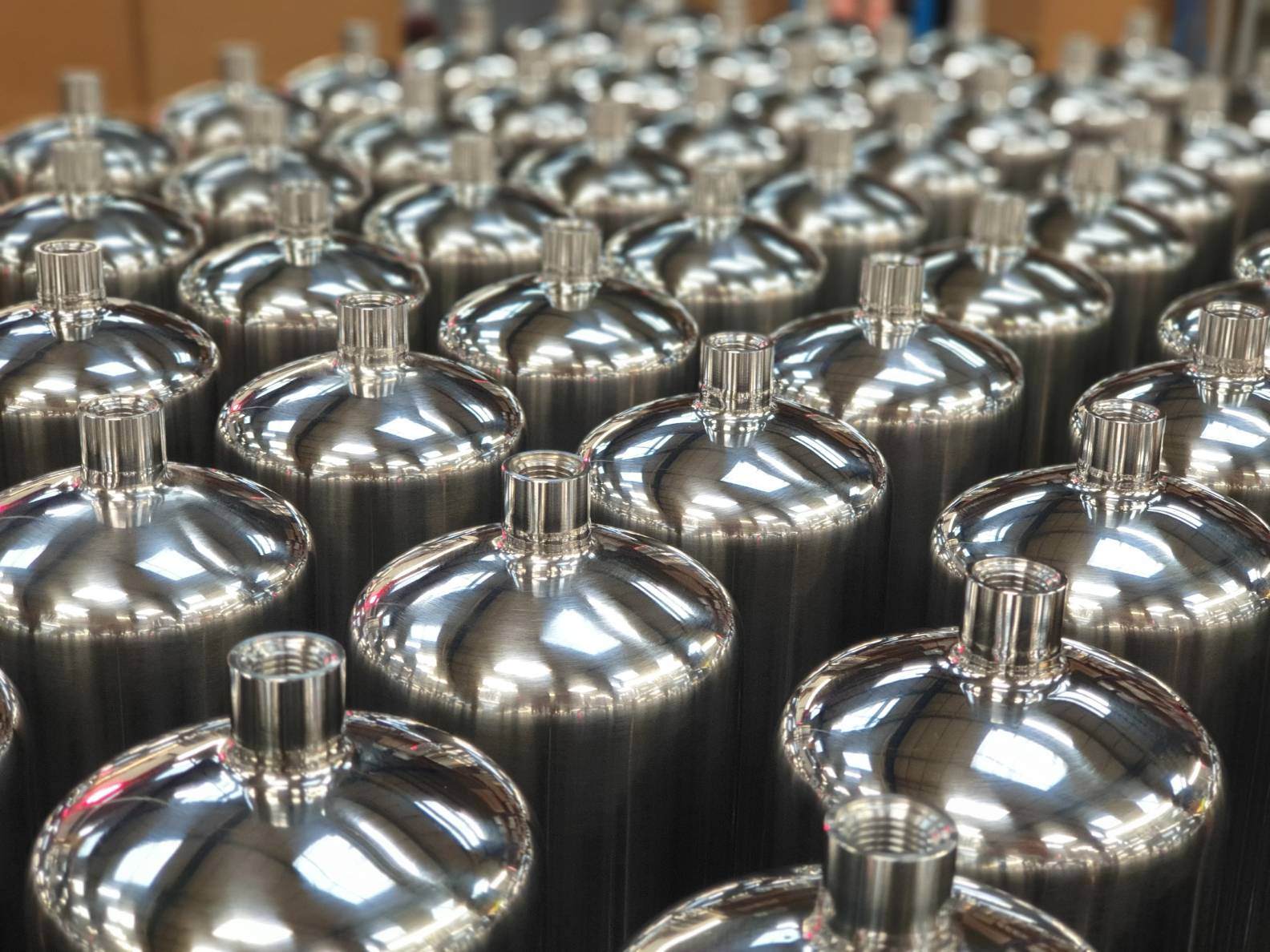A crucial step in the API manufacturing process is the effective filtration of fine and speciality chemicals. Choosing the right filter is important, but it’s not just the filter that helps to do this job successfully.
The filter housing can make a world of difference to your process, but they’re often not given much thought.
This has led to many suppliers selling off-the-shelf filter housing solutions which can mean API manufacturers have to change their process to work around the housing, rather than the housing working for them and their process. And, because there’s little understanding of the benefits the right filter housing can bring, it’s tempting to buy the cheapest product for the job.
What are the risks of not using the right filter housing?
Sub-optimal filter housing design can greatly increase the risk to your:
- People – operators can be exposed to volatile chemicals, causing injury
- Process – inefficiencies in the changeout and line-switch process can lead to lost profit
- Product – can suffer from cross-contamination and decreased production volume
4 filter housing features that protect your people, process, and product
1. Sizing for flow rate
The dimensions of your filter housing should work around your systems and take the placement of inlet and outlet pipework into consideration. Poorly configured and sized connections can reduce the flow rate achieved from the filter and housing combination. If your housings aren't designed for your process, you might find that your filter which should have a flow rate of 10 litres per minute will be working at a significantly lower figure.
2. Compatible construction material
If your filter housings aren't made of the right materials, the chemicals they process can corrode the housings and cause them to break down. This can contaminate your process and affect the quality of the final product. The housings will also need replacing more often. In a worst-case scenario, the wrong material could lead to failure of the pressure vessel, causing injury to your people and damage to your production.
To avoid this, you must choose the material based on the chemical being processed, and the pressure and temperature it’s processed at.
Filter housings are made from various grades of stainless steel with added coatings such as PTFE, fluoropolymers, and tantaline to suit various uses. Tantaline is most resistant to corrosion so can be used for substances like 37% hydrochloric acid (HCL), whereas a PTFE coating would be suitable for chemicals such as high-concentration sodium and potassium hydroxide.
3. Easy to clean
As most production lines process more than one chemical, a filter housing needs to be quick and easy to clean. The faster you can drain and clean any residue, the faster you can get production running again.
There are two key things that help with cleaning:
Finish
Surface finish and roughness average (RA) can impact how much the process liquid clings to the surface when it’s being cleaned. Mechanically polished filter housings can have crevices that become breeding grounds for bugs and cross-contaminants, whereas electropolished ones don't have these crevices so are easier to clean.
A mirror mechanical polish might look more appealing, but it's not as hygienic as a dull electropolished finish. Every application requires a certain finish, so make sure you know which is right for you.

Filter housing Geometry
Poor filter housing geometry can lead to difficulty in cleaning and draining housings between process batches.
Having a sloping base can help all remaining liquid to pool at the drain position. Welded drain legs at the location of your drains are beneficial, too. These allow any product from pressure releases or line switchovers to drain away safely.
Where cleaning the housings in place is not practical, design features such as removable diaphragm plates can simplify the process and guarantee the complete removal of any residual product.
4. Simple changeouts
Having a suitable changeout system limits operator exposure to potent chemicals, helping to keep your people safe from harm.
Products such as an inclined bag filter housing make it easier for operators to extract filters from the housing, and hydraulic lids can be added to larger housings to eliminate heavy manual handling.
Filter housings can be designed to be used alongside contained filter systems, too. These secure the filter and any process fluids inside a bag, providing extra protection for your operators.
How to find the best filter housings for your process
Spend time researching and making sure the product is right for your needs. Ideally, it should be designed to fit in with your existing system.
That might mean spending a bit more money and time upfront, but it will pay off in the long run as your housings will last longer and guarantee your product quality. They'll also help to keep your people safe from exposure to dangerous chemicals so they can leave work every day as they arrived – safe and unharmed.
Work with an experienced filter housing manufacturer who understands your industry, will communicate with any third parties you’re working with, and can meet your specifications.
A filter without the right housing is only going to cause production headaches. It’s crucial you have the right design for your process.

